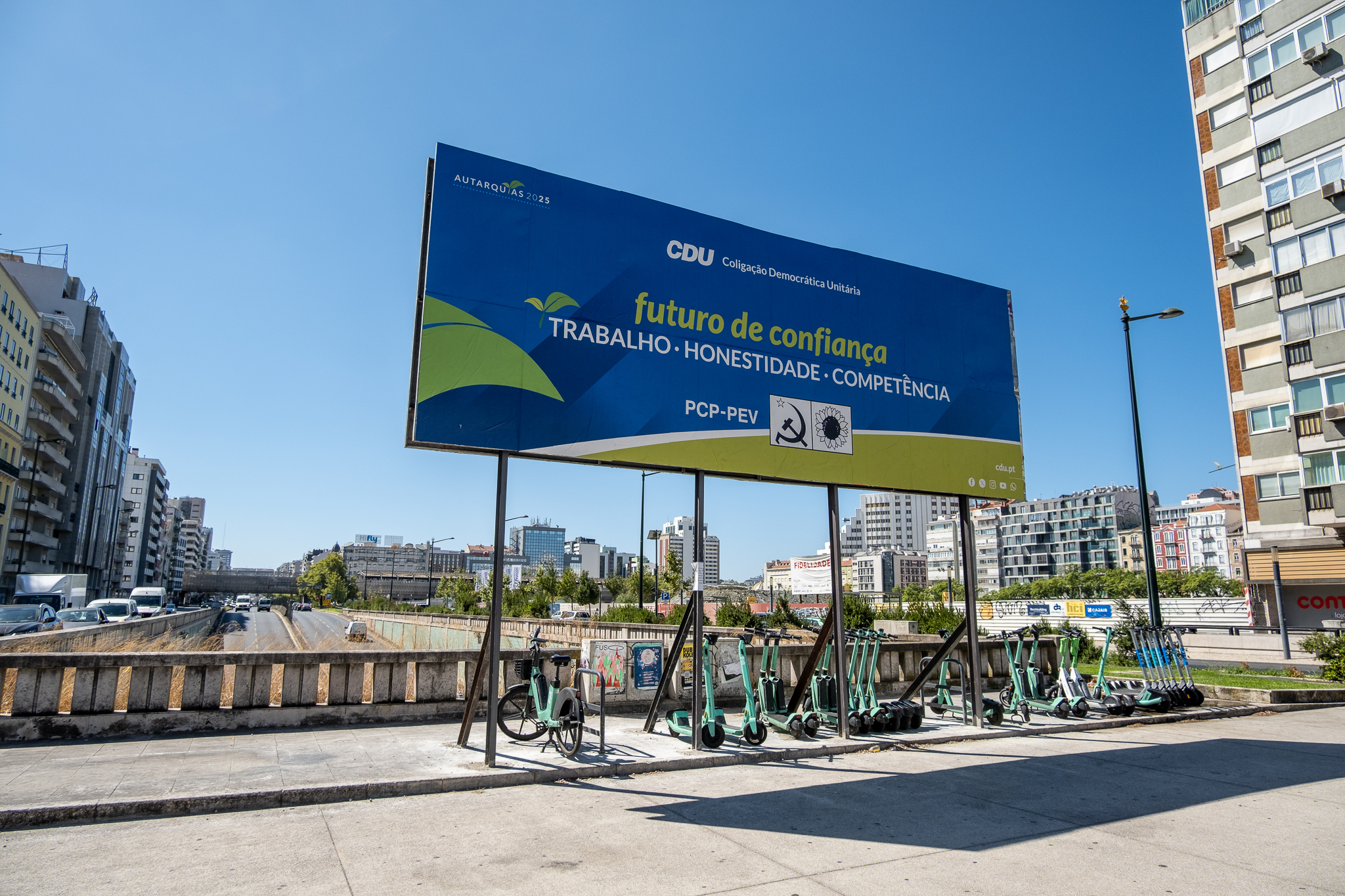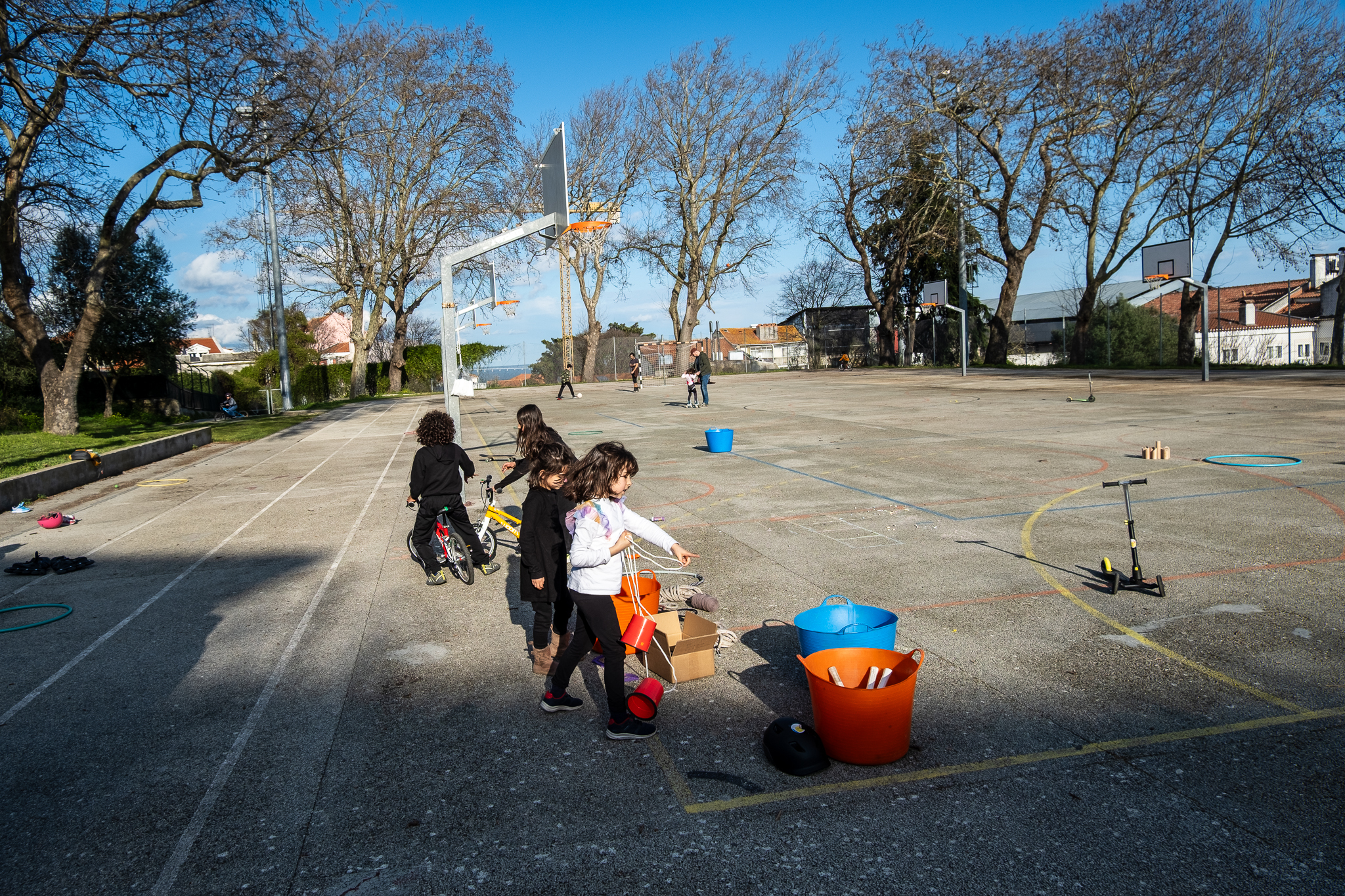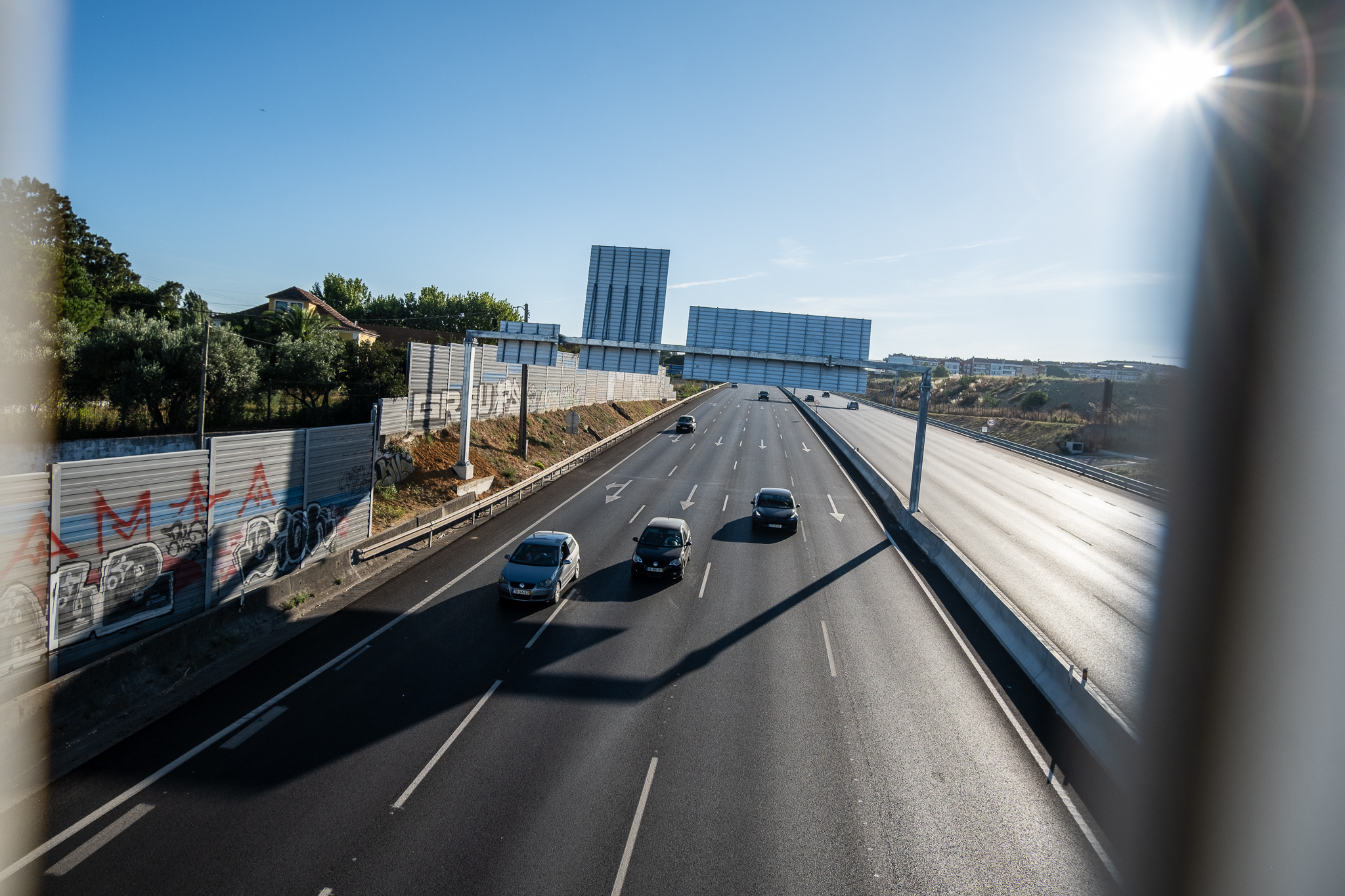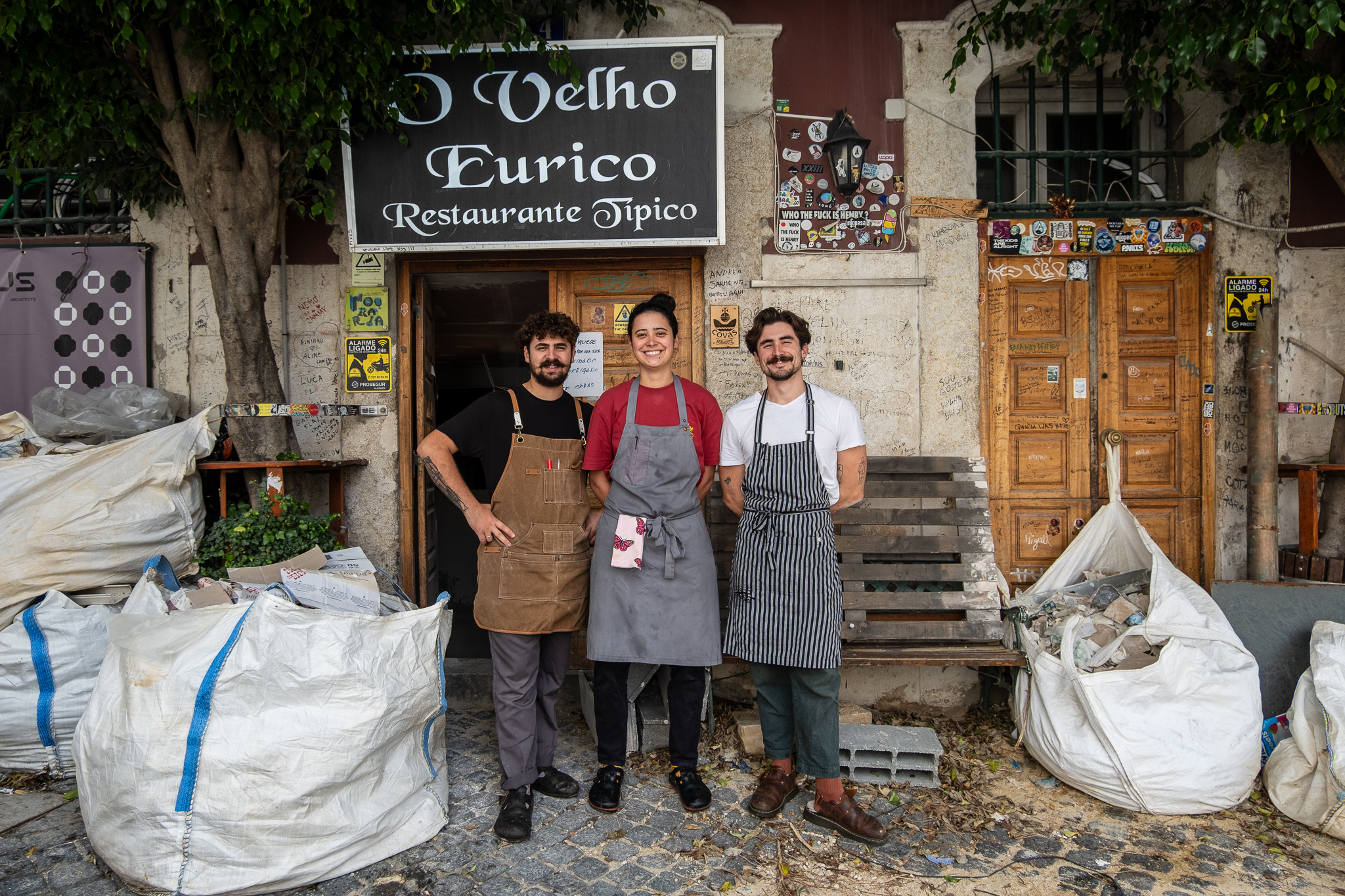The new portion of the Gulbenkian Garden is developed in harmony with the existing garden, densifying the vegetation with native species; a new central lake is designed and a new entrance is created to the south, over Marquês de Fronteira Street, opening the garden to the city and visitors.
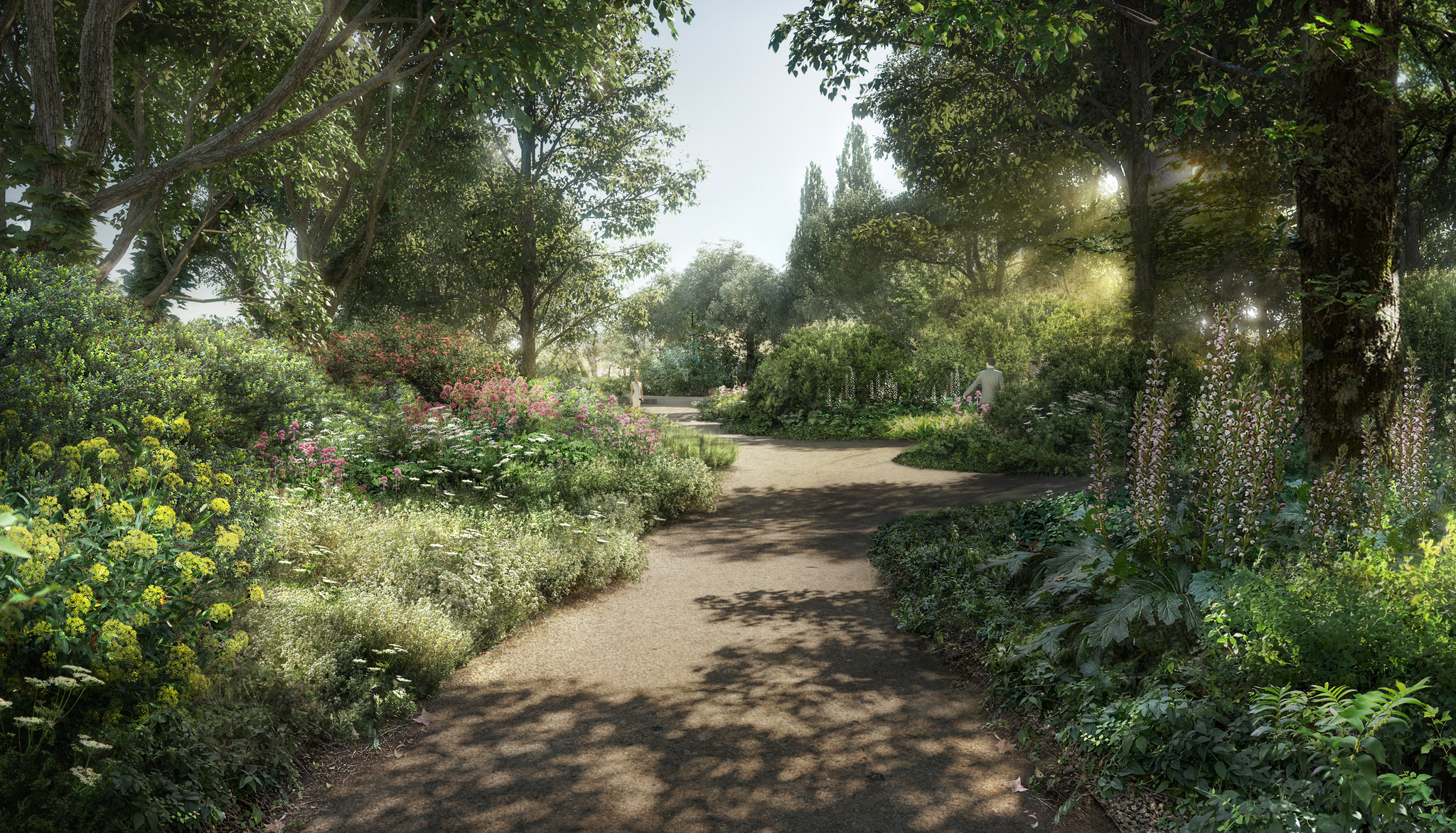
In late 2022, metal siding began to surround the stone wall of the old medieval park of Santa Gertrudes, which the entrepreneur Eugénio de Almeida had built in the 19th century in the area that is now known as São Sebastião. In December, the aforementioned walls began to be torn down. The Gulbenkian Garden will grow southwards and open up to the citywith a landscape architecture project by the Lebanese Vladimir Djurovicwhich followed the outlines of the authors of the original 1960s Jardim, António Viana Barreto and Gonçalo Ribeiro Telles.
The work to extend the Garden began months after the start of the expansion of the Modern Art Center (CAM) of the Gulbenkian. If this building will gain new exhibition spaces and a giant (and possibly iconic) canopy - in a project signed by the Japanese Kengo Kuma - the south side of the garden will seek to relate to the new CAM, connecting to its interior and, at the same time, respecting the lines and environments of the existing garden. In fact, Vladimir Djurovic and Kengo Kuma worked together so that Gulbenkian's growth was achieved in harmony.

At a conference presenting the Garden project, which took place in late 2022 and was attended by Vladimir Djurovic himselfthe landscape architect showed some of the main works of his studio, the Vladimir Djurovic Landscape Architecturebased in Lebanon, where he was born. Djurovic said that Nature has always been at the center of his designs, seeking to change the way in which, in our urban and city environments, we relate to it; but only more recently has the Lebanese architect said he is managing to focus on clients who put Nature before profit, using it to respond to the environmental and social challenges of our time.
The Gulbenkian Foundation is one of these clients and, in the garden's expansion project, the Lebanese architect imagined an ecosystem based on species native to the Lisbon areathat one can self-support and at the same time offer sustainability to the cityas well as to welcome the fauna that lives or passes through Lisbon - Djurovic wants create a habitat for all living things, including humans. The pre-existing large vegetation on the site will be maintained and integrated into the new garden, which will have a small pond and several pedestrian paths, which will connect to the previous ones. On the south side, where the old Gertrudes wall was, there will be a new entrance to the Foundation and a new plaza, which will be used to reduce conflicts between pedestrians and cyclists.

During the presentation of the project, Vladimir Djurovic confessed that Gulbenkian is one of his favorite places in Lisbon, since he started visiting the city almost 25 years ago, when he came for Expo'98; and spoke in the difficult challenge of continuing the work of Ribeiro Telles and Viana Barreto, a project he considers timeless and of great harmony between green spaces and buildings. Djurovic also said he doesn't understand why in the landscape architecture world these two Portuguese names are not talked about abroad. At the end of the session, the Lebanese architect wanted to leave the audience with a dream: to imagine Portugal as a model of sustainability to be followed, a country that manages to preserve or conserve half of its territory in its natural conditions and that manages, in its urban areas, to build more spaces like the Gulbenkian.
What about the outside?
The Gulbenkian extension, both CAM and the Garden, became possible after the Foundation acquired, in 2005, the last large parcel of land in the old Santa Gertrudes Park from the Eugénio de Almeida Foundation; this institution is left with only a small part, the site where Casa de Santa Gertrudes stands, the park's former stables, which have a castle-like appearance. Gulbenkian then launched an international competition to carry out the expansion, of which Vladimir Djurovic and Kengo Kuma were the winners. The new CAM and Garden should be ready by 2024.
The work inside the Gulbenkian will be accompanied by an intervention to be carried out by the Lisbon City Hall and the municipal company SRU on the exterior, more specifically on Rua Marquês da Fronteira, where there will be a new southern entrance to the Foundation's space. According to the local authority, still "the execution project is being finished" of what will be Phase 1 of the intervention on Marquês de Fronteira Street e "construction is expected to begin in late 2023 and last about 9 months".

"With this intervention, the circulation and pedestrian accessibility conditions are improved, mainly with the enlargement of the North sidewalk, next to the garden. The public lighting and street furniture are also reorganized and the public transport shelter is changed according to the pedestrian and cycling flows"., reports the Chamber. "The lowering and retreat of the existing wall allows the creation of a new regular and coherent urban front, the city of Lisbon gains more than 1000 m2 of new public space, barriers are removed and a transitional space is created at the new entrance to the Gulbenkian Garden."
This intervention, which aims to improve "the conditions for pedestrian accessibility and bicycle circulation on the site, reducing conflicts with pedestrians and cars", only the following preliminary draft of 2021, published in the Municipal Bulletin, is known:

The City Hall explains that the intervention on the Gulbenkian's exterior will be integrated with the requalification project of the Largo de S. Sebastião da Pedreira, which is starting now under the program A Square in Every Neighborhood. "These interventions start from an integrated thinking to create a structured and safe pedestrian and cycling public space solution, implement measures to reduce car traffic, increase available public space and commercial terraces, and reinforce tree coverage." The autarky will give more details "when the execution project is finished".





